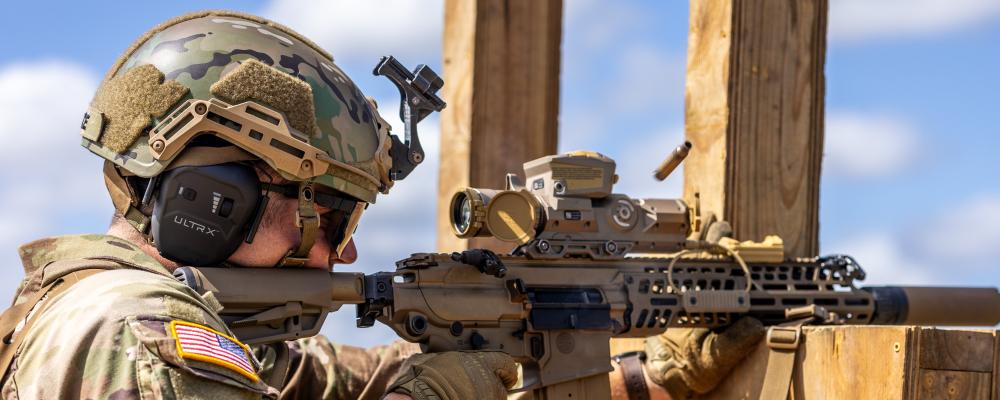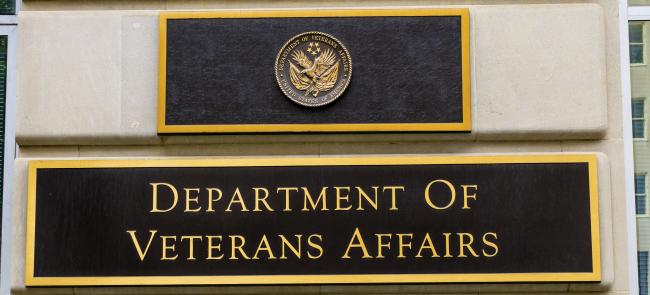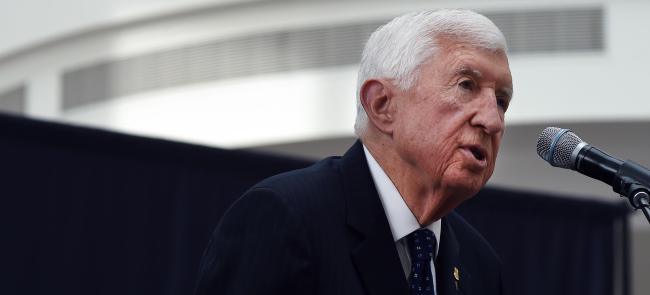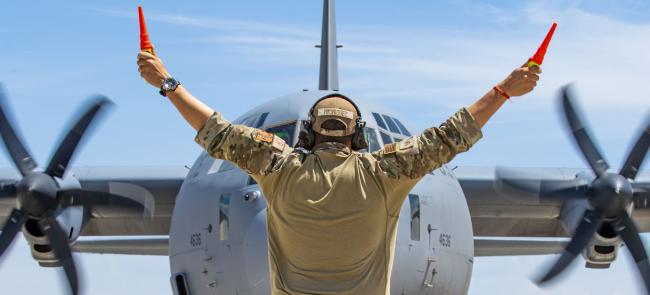
Fiscal 2025 has begun on a continuing resolution that keeps the federal government open but puts many military modernization programs on hold.
The stopgap federal budget enacted Sept. 26 runs through Dec. 20. A continuing resolution caps spending at the previous year’s levels with no new-start programs or production increases.
Unfortunately, CRs have become an annual occurrence. Congress has not enacted all 12 annual appropriations bills before Oct. 1 since fiscal 1997, often making CRs necessary to avert government shutdowns.
The 2024 appropriations legislation, for instance, was passed six months into fiscal 2024.
Overall, Congress has managed to follow its process and pass all of the spending bills by the start of the fiscal year four times in the five decades the current system has existed.
"The stark truth is that these short-term, temporary funding measures create uncertainty throughout the U.S. military and put us at a strategic disadvantage," Defense Secretary Lloyd J. Austin III said Sept. 26.
"A lack of long-term funding delays missions, undermines readiness and inflicts unnecessary disruptions on our military families and recruitment efforts," he added.
Army officials said last week that the CR will halt eight procurement programs, 37 research initiatives, 19 military construction projects and 41 planned production rate increases.
A delay in a planned production increase for the XM7 rifle and XM250 Next Generation Squad Weapon is one example.
The CR also delays the Army’s planned procurement of company-level uncrewed aerial systems.
The Air Force is similarly impacted, per a fact sheet service officials provided reporters last week.
The CR hits routine maintenance of aircraft and other equipment, the Air Force’s flight training budget, its facilities upkeep and the service's upcoming contract awards.
Last year, Congress passed four CRs that pushed the final passage of its fiscal 2024 spending bills into late March.
A repeat in fiscal 2025 would delay the proceedings into the unknowns of a new White House administration and a new Congress.
It would also impact more modernization programs.
The Army said a six-month CR would affect its plans for long-range fires: a production hike for the Guided Multiple Launch Rocket System and the introduction of the Precision Strike Missile, which is replacing the Army Tactical Missile System.
The GMLRS, fired by the High Mobility Artillery Rocket System, can hit targets 40 to 90 miles away.
The newly developed PrSM, which will play a major role in the Army’s war plans in the Indo-Pacific region and elsewhere, is set to replace the ATACMS.
A six-month CR would also delay production of the first seven T-7A Red Hawk training jets by a year while keeping the number of MH-139 Grey Wolf patrol helicopters in production flat.
Fighter programs are also at risk.
A longer CR may restrict future F-35 Lightning II contracts and delay further production of the new F-15EX Eagle II, "potentially leading to [a] production line break and [delaying] support for fielded active and ANG aircraft," the Air Force said.
— By John Goheen










